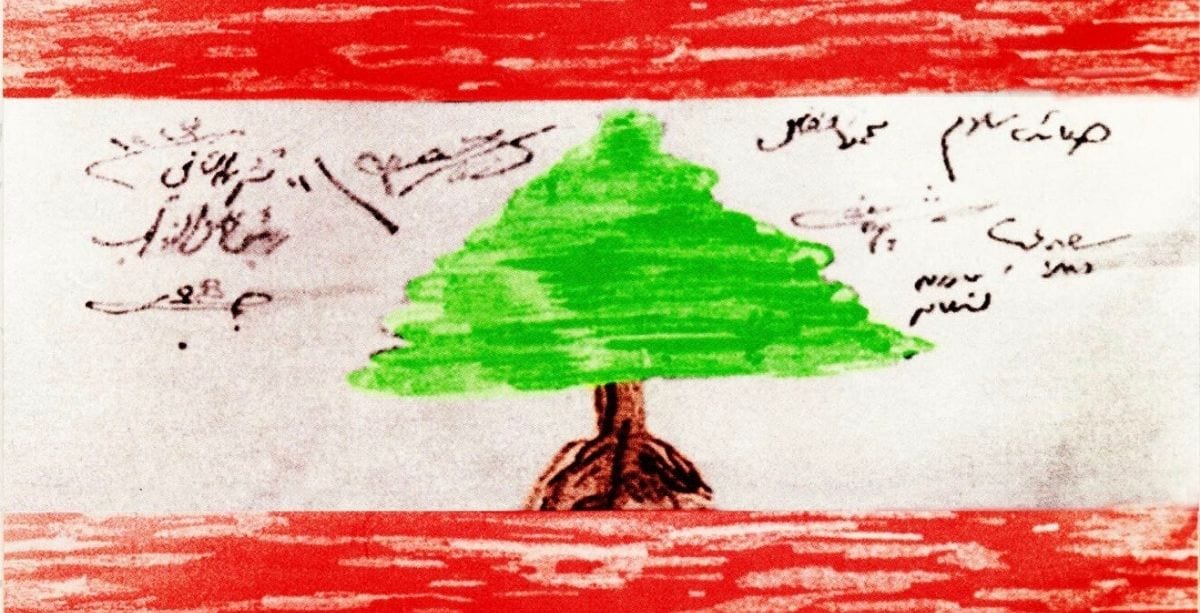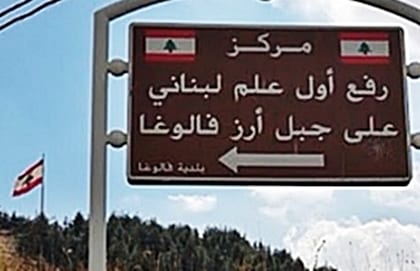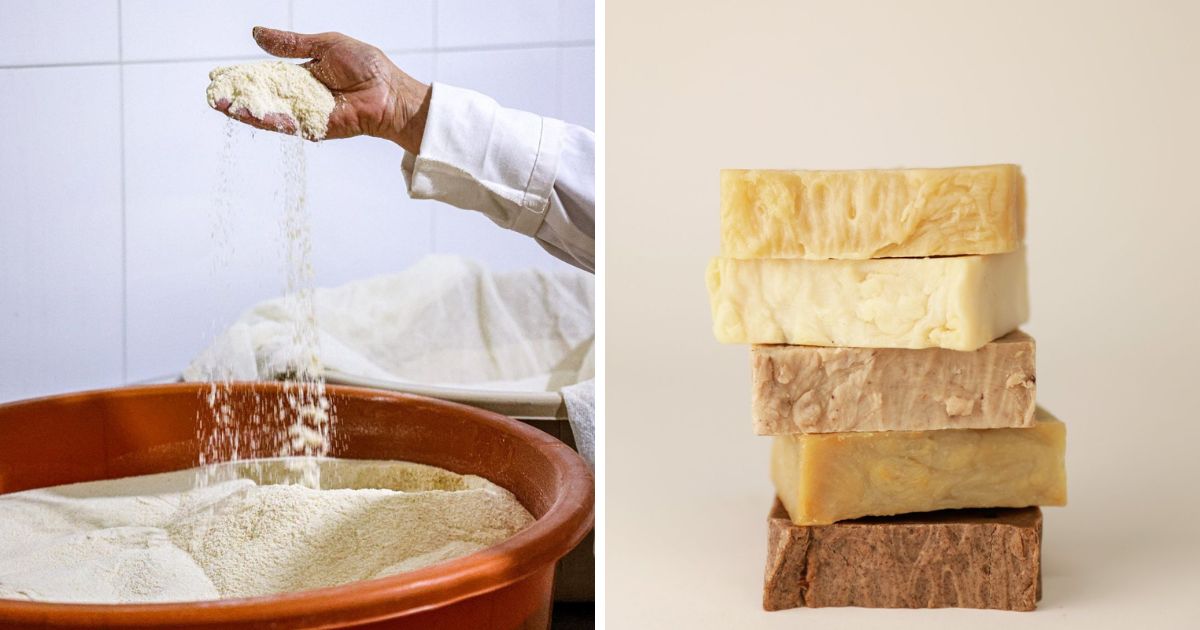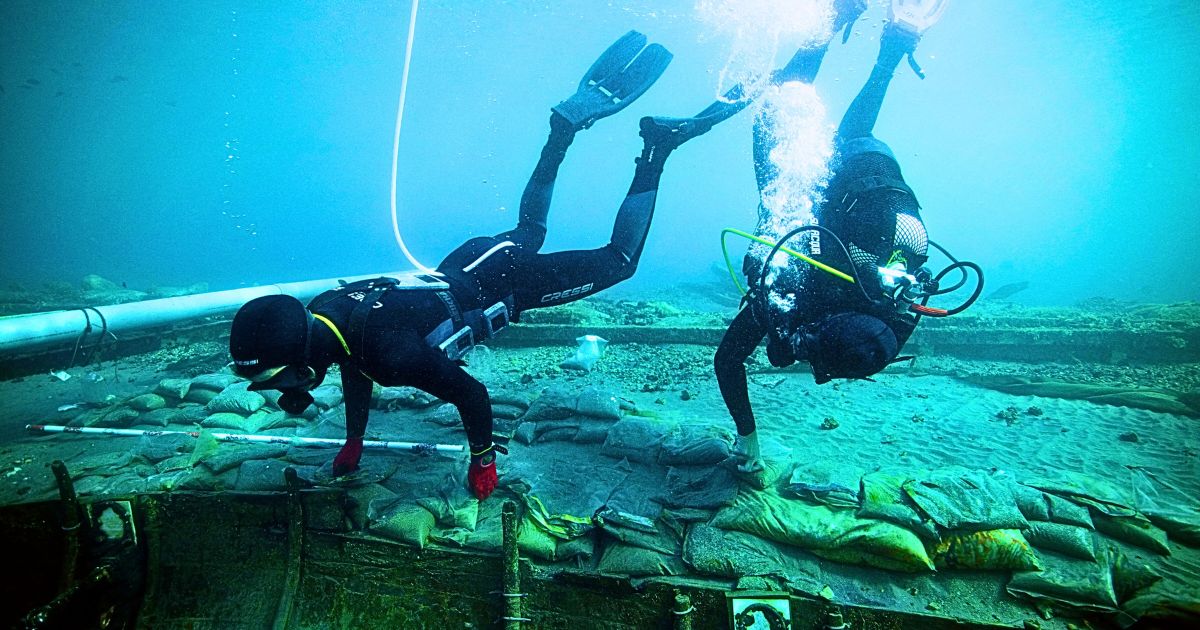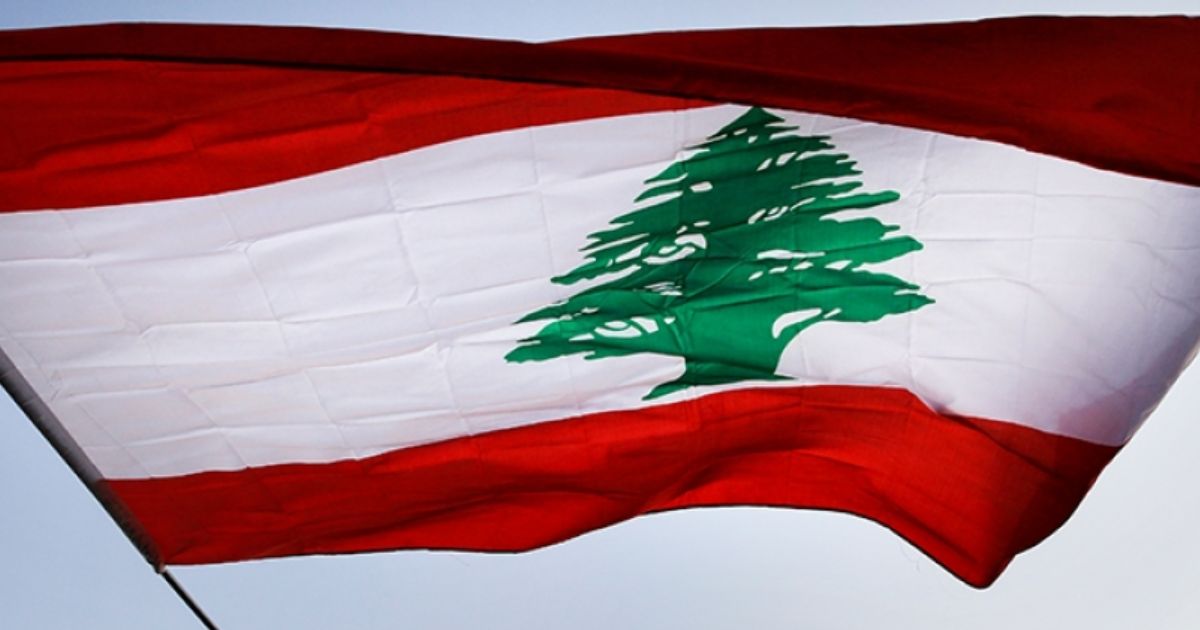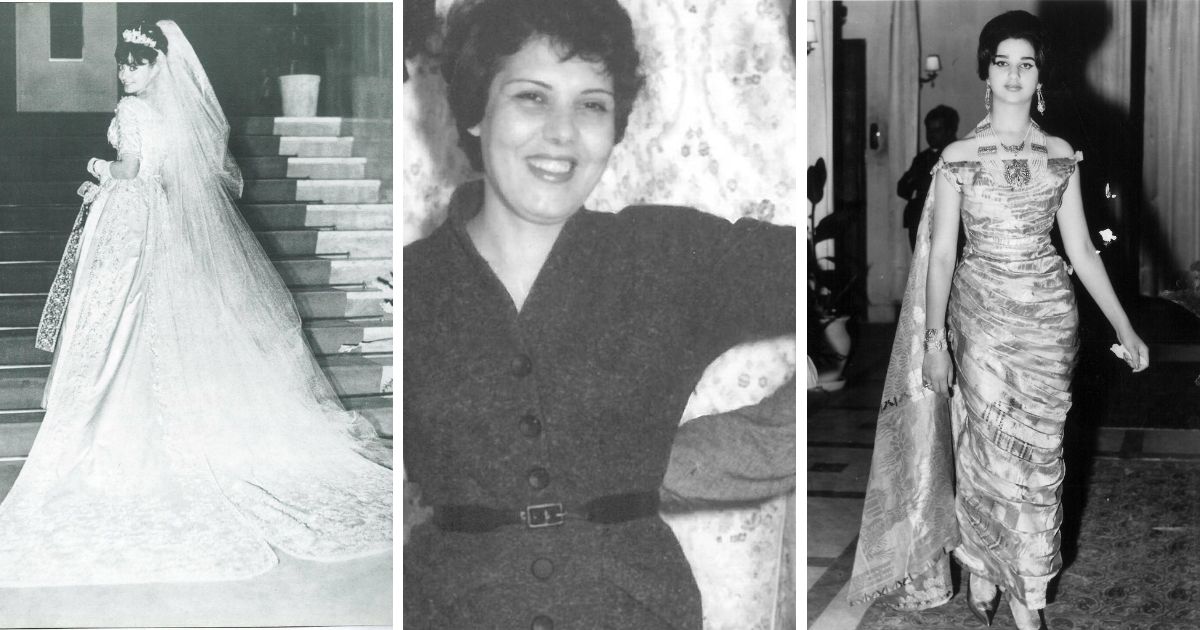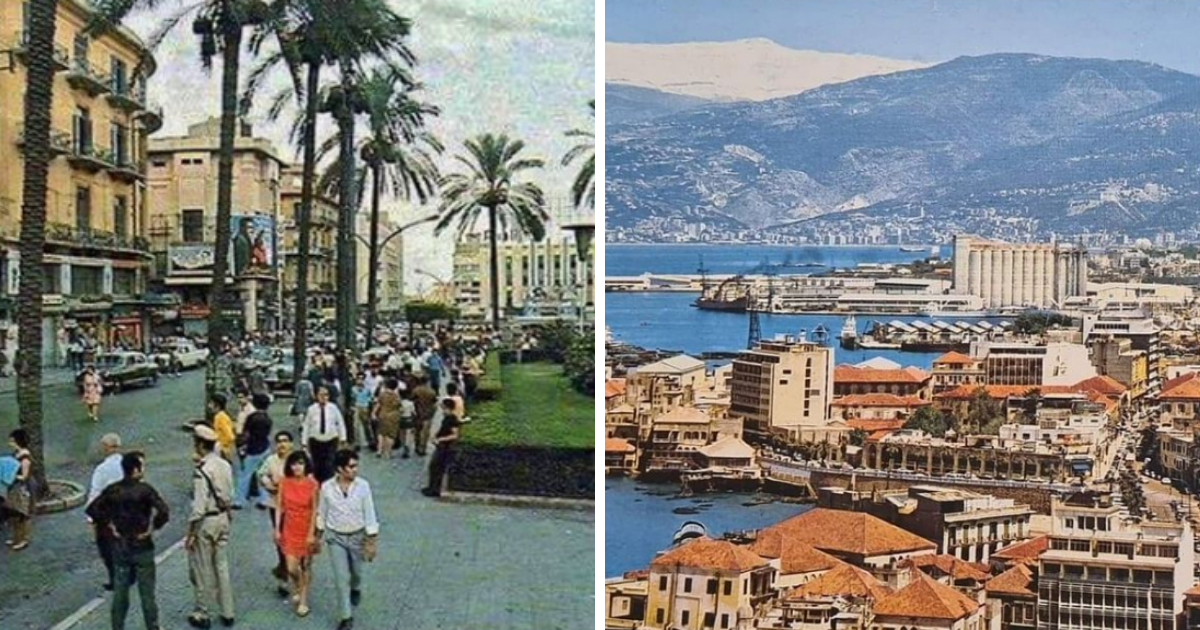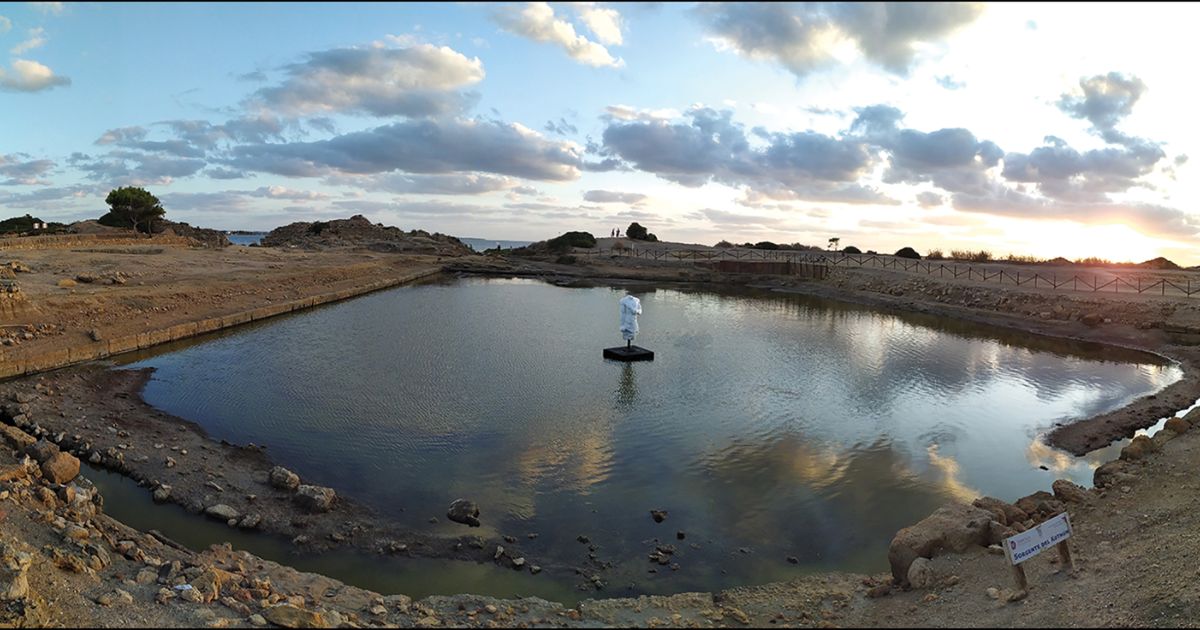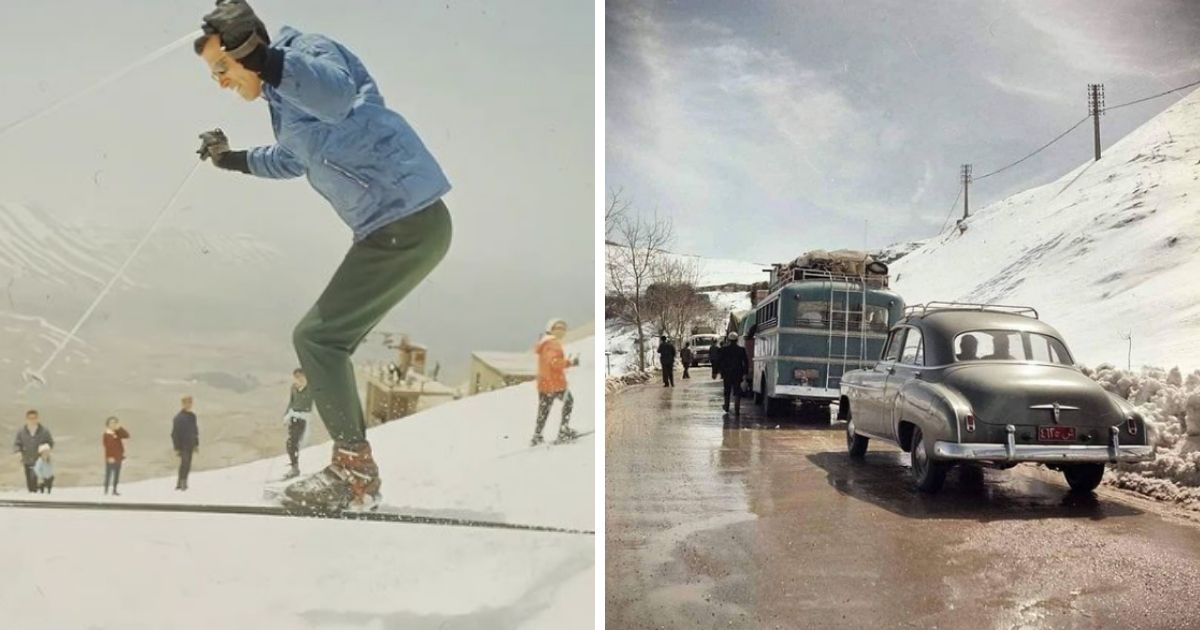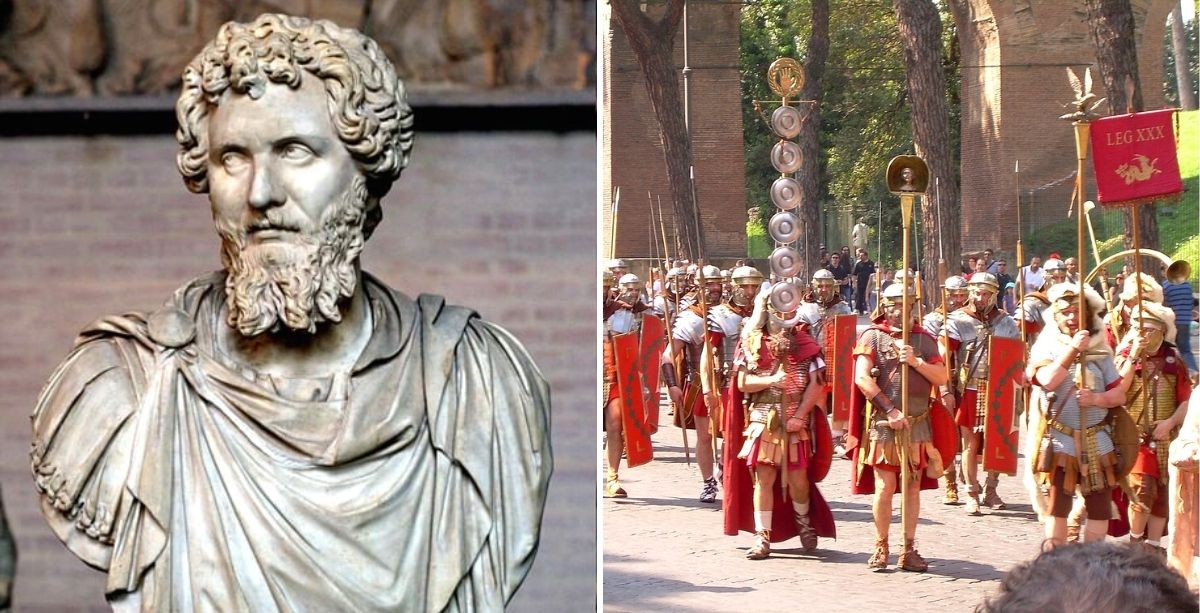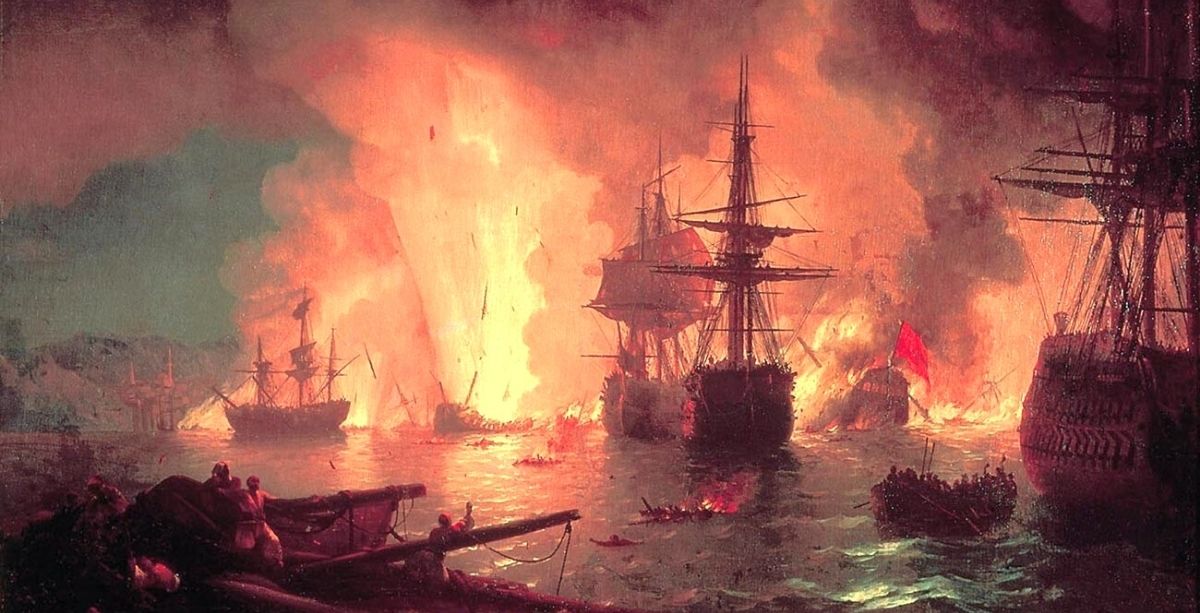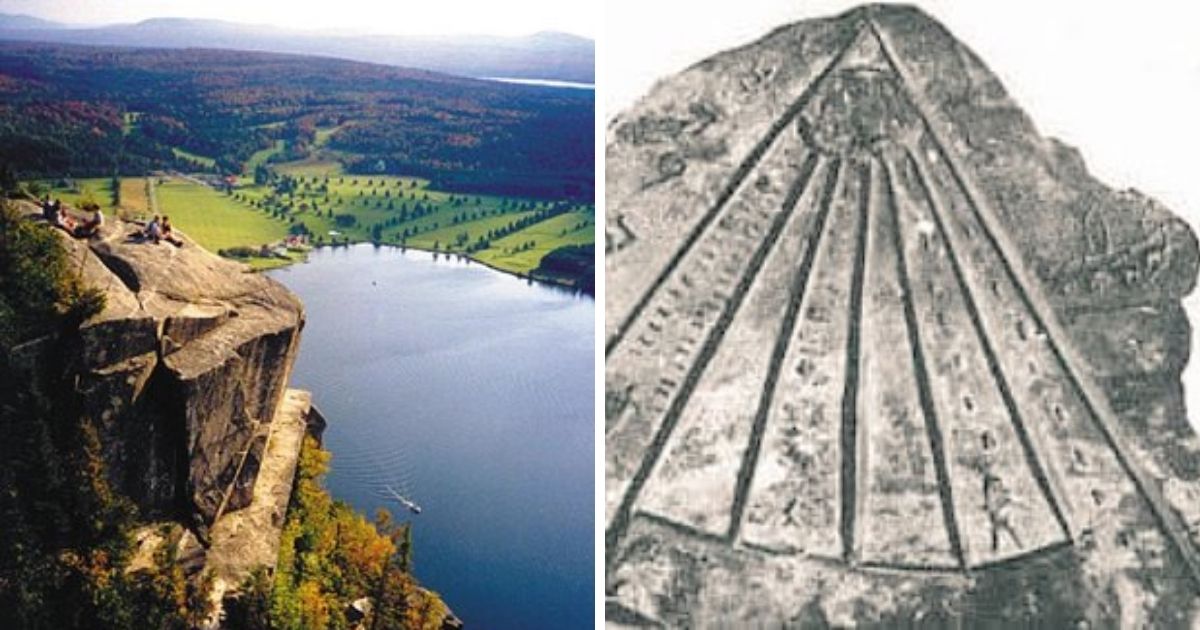Red for the blood of the patriotic martyrs, white for the pure snow atop the high mountains, and green for the mighty cedars of Lebanon.
Those are the colors that have been representing the Lebanese nation for nearly 77 years, and this is the story of how it came to be.
The present Lebanese flag was born just before Lebanon gained its final independence from France in 1943.
That was on November 11th, 1943, after the French imprisoned the Lebanese leaders in Rashaya, and the Government of Bchamoun was formed.
Guarded by its new military resistance, the Lebanese emergency government began to lay the foundations for Lebanon’s real and final independence.
An essential part of these foundations was the Lebanese flag. During the French Mandate, the Lebanese flag was essentially the French flag – red, navy blue, and white vertical stripes – with a green cedar in its center.
When the Bchamoun Government secretly gathered at Speaker of Parliament Sabri Hamade’s house, they agreed to remove all traces of France from the flag, just as they had recently done with their country’s constitution.
The concept was to remove the blue stripe and redesign the flag with horizontal stripes: Two red stripes to symbolize the blood that was shed for the freedom and independence, and a white stripe to represent peace, purity, and the snowy high mountains of Lebanon.
They decided to keep Lebanon’s green cedar at the heart of the flag.
When the concept was decided, MP Saeed Al-Manla grabbed a red pencil and sketched the top and bottom red stripes. But because no green pencil could be found, the MP drew the cedar with a regular pencil.
The attending officials then signed their names onto the sketch, stood up, and solemnly swore to have these colors represent independent Lebanon. They then agreed to introduce the Lebanese people to the new flag in the nearest time possible.
Lebanese women were later handed the drawing, and they proceeded to knit the first Lebanese flag.
Soon after it was produced, the flag was raised for the first time on a strategic hill in Falougha, where the French had a major military training camp.
Brave Lebanese officers inside the camp took care of lowering the French flag and replacing it with their own.
Notably, this took place when a high-ranking French officer was visiting the area, which shows great defiance on the Lebanese officers’ part.
Later, on November 22nd, 1943, the Lebanese people flooded the streets in celebration of their long-awaited independence, after centuries of living in the shadow of colonialism.
That flag has prevailed ever since, high above all, the honor and pride of the Lebanese nation, the one and only that represents them.
